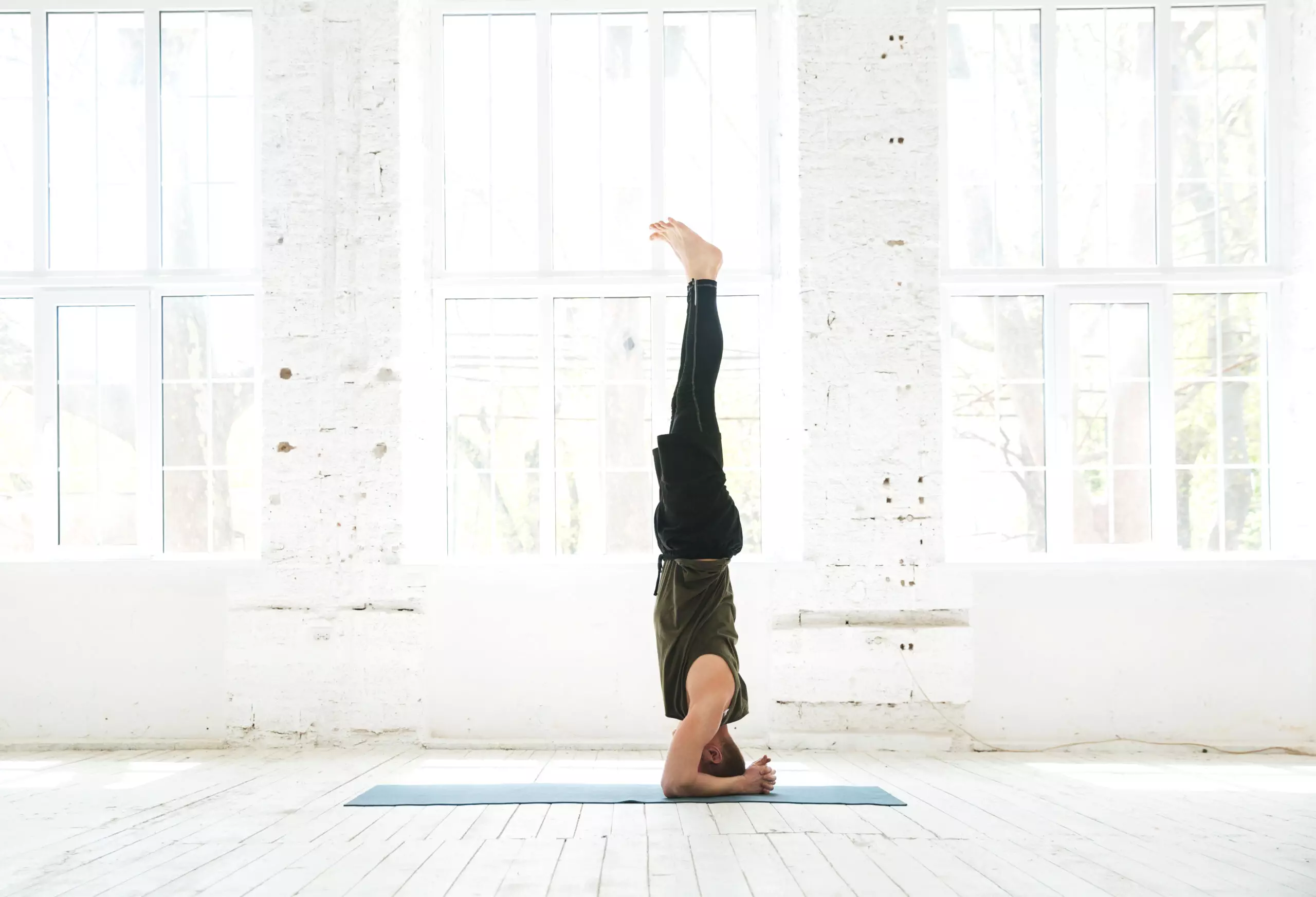Walking is one of the most underrated forms of exercise, but it can be a powerful tool for improving your overall fitness. In this blog post, we’ll explore the benefits of walking and how you can incorporate it into your daily routine to transform your fitness routine.
Introduction to Walking as a Fitness Routine
Walking may seem like a simple activity, but it can have a significant impact on your health and well-being. It’s a low-impact form of exercise that doesn’t require any special equipment or training. All you need is a pair of comfortable shoes and some open space to walk in.
One of the best things about walking is that it’s accessible to almost everyone. Whether you’re young or old, male or female, athletic or sedentary, you can benefit from adding more walking to your day. And because it’s so easy to do, you can easily make it part of your daily routine without having to set aside extra time for exercise.
The Benefits of Stretching for Walkers
When people think of stretching, they often associate it with yoga or other types of flexibility exercises. But did you know that stretching can also be beneficial for walkers? By incorporating stretching into your walking routine, you can improve your range of motion, reduce stiffness and soreness, and prevent injury.
Here are a few stretches that are particularly helpful for walkers:
1. Calf stretch: Stand facing a wall with your hands outstretched and feet behind you. Step back with one foot until you feel a stretch in your calves. Hold for 30 seconds before switching legs.
2. Hamstring stretch: Lie on your back with your knees bent at a right angle. Keep your heels close together and lift one leg straight up towards the ceiling. Use a towel or resistance band around the ball of your foot to increase the intensity of the stretch.
3. Quadriceps stretch: Sit on the ground with your legs extended straight out in front of you. Loop a towel or resistance band around the top of your feet and pull gently towards your body while keeping your knees straight.
How to Incorporate Walking into Your Fitness Training Plan
If you’re new to walking, start by setting small goals for yourself. For example, try aiming for 15 minutes of brisk walking each day during the first week. As you become more comfortable with walking, gradually increase the duration and intensity of your workouts. Here are some tips for making walking part of your daily routine:
1. Schedule regular walks throughout the day – Try taking a 10 minute walk after lunch or dinner to break up long periods of sitting. You could also take a short walk during your morning coffee break or afternoon snack.
2. Find a walking buddy – Having someone to walk with can help keep you motivated and accountable. Plus, it’s a great way to catch up with friends and family members who live nearby.
3. Explore different routes – Getting bored with your usual walking route? Take advantage of local parks, trails, or scenic areas to mix things up. This will not only add variety to your workout but also provide opportunities to discover new places and enjoy nature.
Tips and Tricks for Making Walking Part of Your Daily Routine
Once you’ve established a consistent walking habit, there are several ways to make sure you stick with it over the long term. Here are some tips and tricks for making walking part of your daily routine:
1. Set realistic goals – Don’t push yourself too hard, especially if you’re just starting out. Instead, focus on setting achievable goals that challenge you without causing burnout.
2. Track your progress – Write down how far you walked each day and monitor improvements in your endurance and speed over time. This will give you a sense of accomplishment and motivation to continue.

3. Make it fun – Listen to music or an audiobook while you walk, bring a friend or pet along, or use a fitness app that tracks your steps and rewards you for reaching milestones.
4. Be prepared – Always wear comfortable shoes and clothing appropriate for the weather. Bring water and a snack if necessary, and consider investing in accessories such as reflective gear or a headlamp if you plan to walk early in the morning or late at night.
In conclusion, walking is a highly effective form of exercise that can be done by anyone regardless of age, gender, or fitness level. By incorporating walking into your daily routine, you can experience numerous physical and mental health benefits, including improved cardiovascular health, increased energy levels, reduced stress and anxiety, and better sleep quality. So lace up those sneakers and get ready to hit the pavement!










